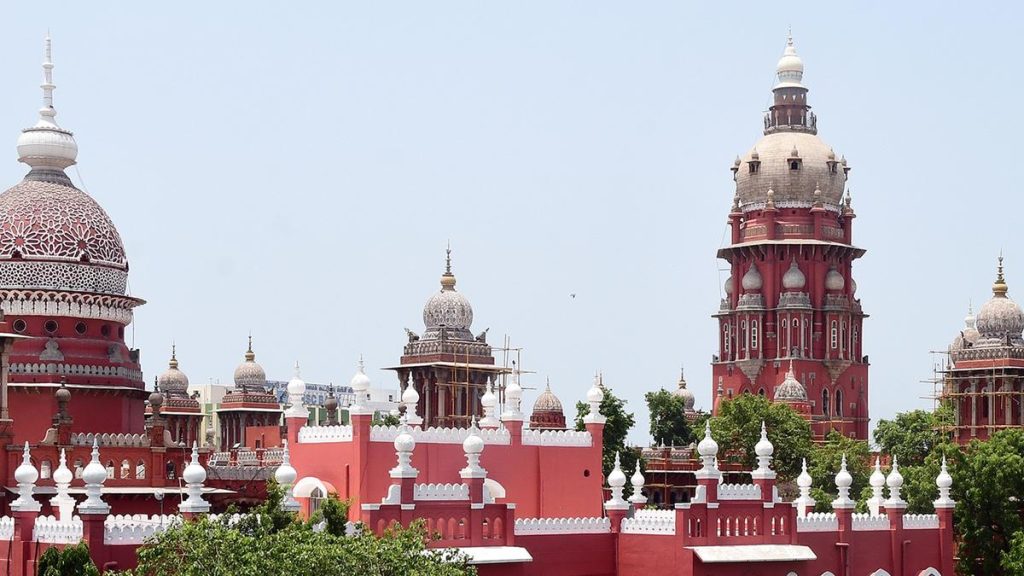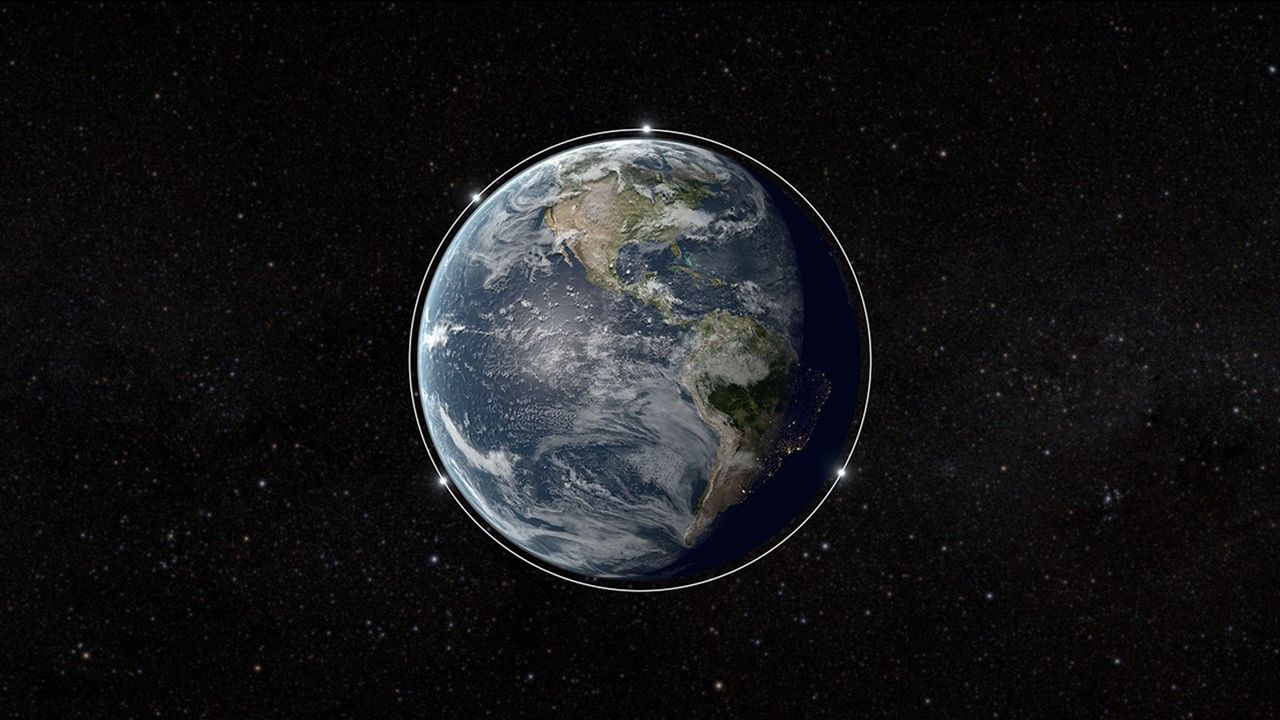Now Reading: NASA’s Lunar Nuclear Reactor: Legal Insights from a Space Expert
1
-
01
NASA’s Lunar Nuclear Reactor: Legal Insights from a Space Expert
NASA’s Lunar Nuclear Reactor: Legal Insights from a Space Expert

quick Summary:
- China plans to build a nuclear power plant on the moon by 2035 to support its international Lunar Research Station.
- The United States aims to counter this with a nuclear reactor on the moon by 2030,as stated by NASA’s acting Administrator Sean Duffy.
- The lunar reactors aim to provide energy for long-term bases, mining operations, and extended missions in areas were solar energy is unreliable, such as the moon’s shadowed regions like its south pole.
- International laws like the Outer Space Treaty (1967) govern space activities and prohibit territorial claims while encouraging clarity and international cooperation.
- Nuclear power has precedence in space exploration as the 1960s through radioisotope generators used in satellites and probes like Voyager. A UN resolution recognizes it may be essential for missions beyond solar power viability if safety protocols are observed.
Read more: Link
Indian Opinion Analysis:
The lunar infrastructure race led by China and the U.S., especially around nuclear reactors, highlights growing competition over strategic influence in outer space – an arena increasingly critical for scientific exploration and geopolitical positioning. for india, which has aspirations of enhancing its global space presence through projects such as Chandrayaan following ISRO”s Previous programs dhance rounded oos strategic expandsions.chain
Stay Informed With the Latest & Most Important News
Previous Post
Next Post
Loading Next Post...

























